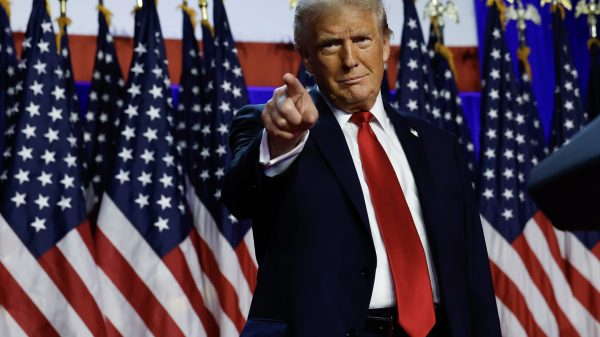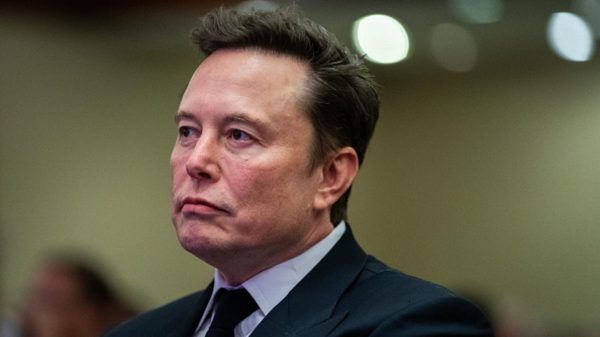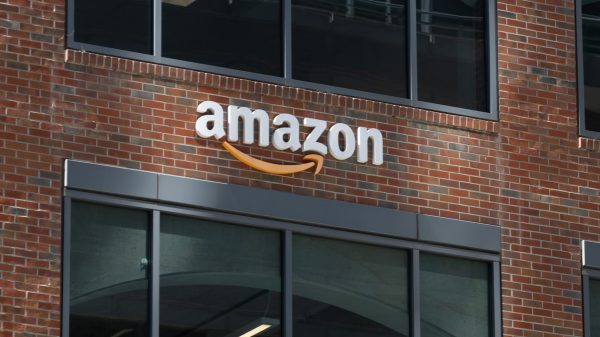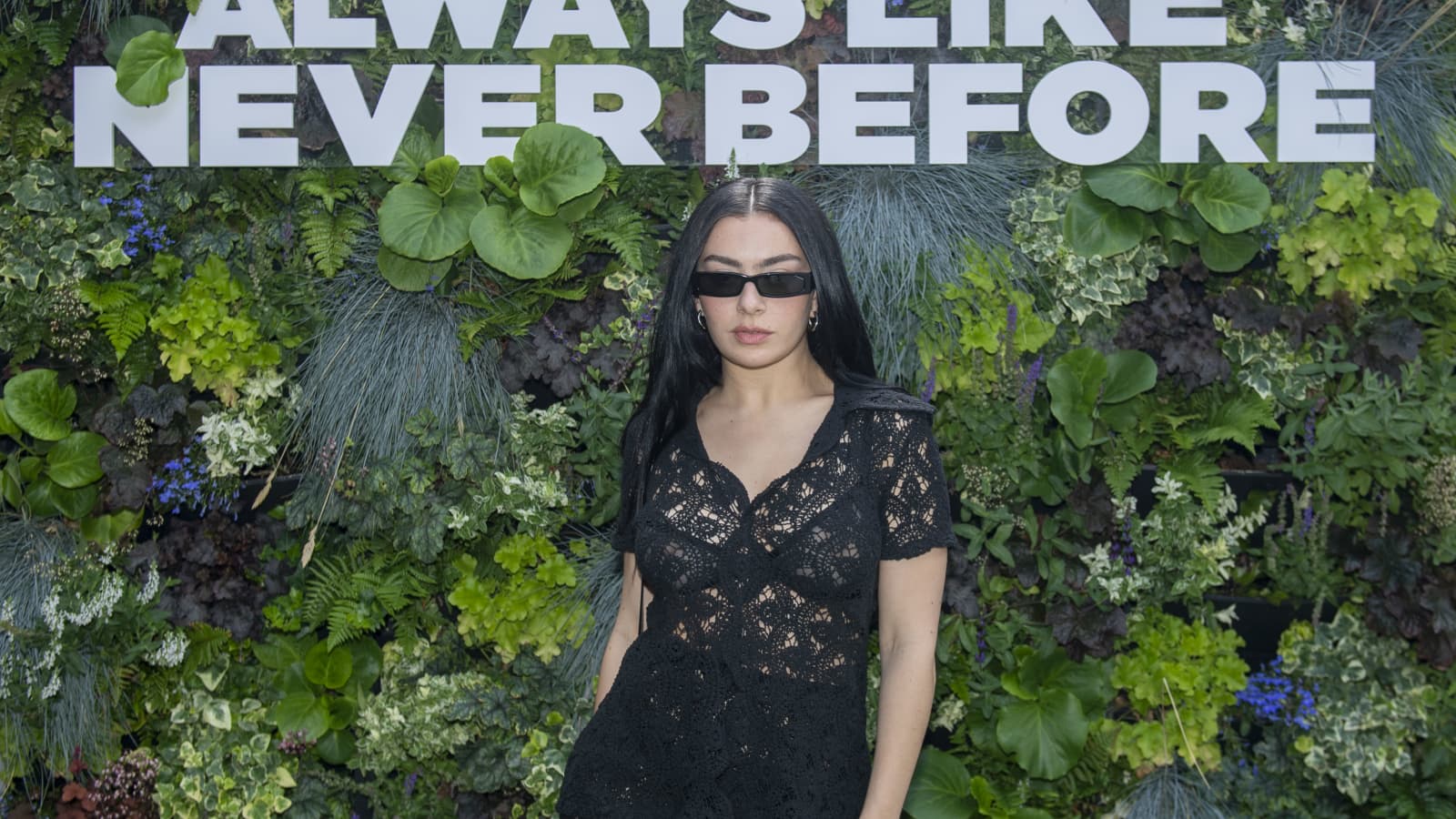Advertising agencies such as Assembly, No Fixed Address, and Ogilvy are embracing the “Brat Summer” trend sparked by Charli XCX’s album “Brat.” These agencies are creating reactive campaigns for their clients, incorporating out-of-home placements, and social media activity that references the album’s themes and visuals. Despite the trend’s somewhat nebulous definition by Charli XCX, it has attracted a wide range of marketers eager to engage with niche cultural moments.
In early July, No Fixed Address leveraged the trend for its client Field Roast by buying billboard space during Toronto’s Pride parade, connecting its bratwurst products to Brat Summer. Similarly, Assembly’s clients Make Up For Ever and Lipton, represented by Billion Dollar Boy, used social media to reference the trend. Even Snapchat joined in with a “brat” filter. Toni Box from Assembly reported positive client reactions, highlighting brands’ desire to stay culturally relevant.
However, the trend’s reach may be limited. A YouGov survey found only 11% of British consumers were aware of Brat Summer. Some experts, like Accenture Song’s Melo Meacher-Jones, have opted out of further involvement due to the rapid commercialization diluting its authenticity.
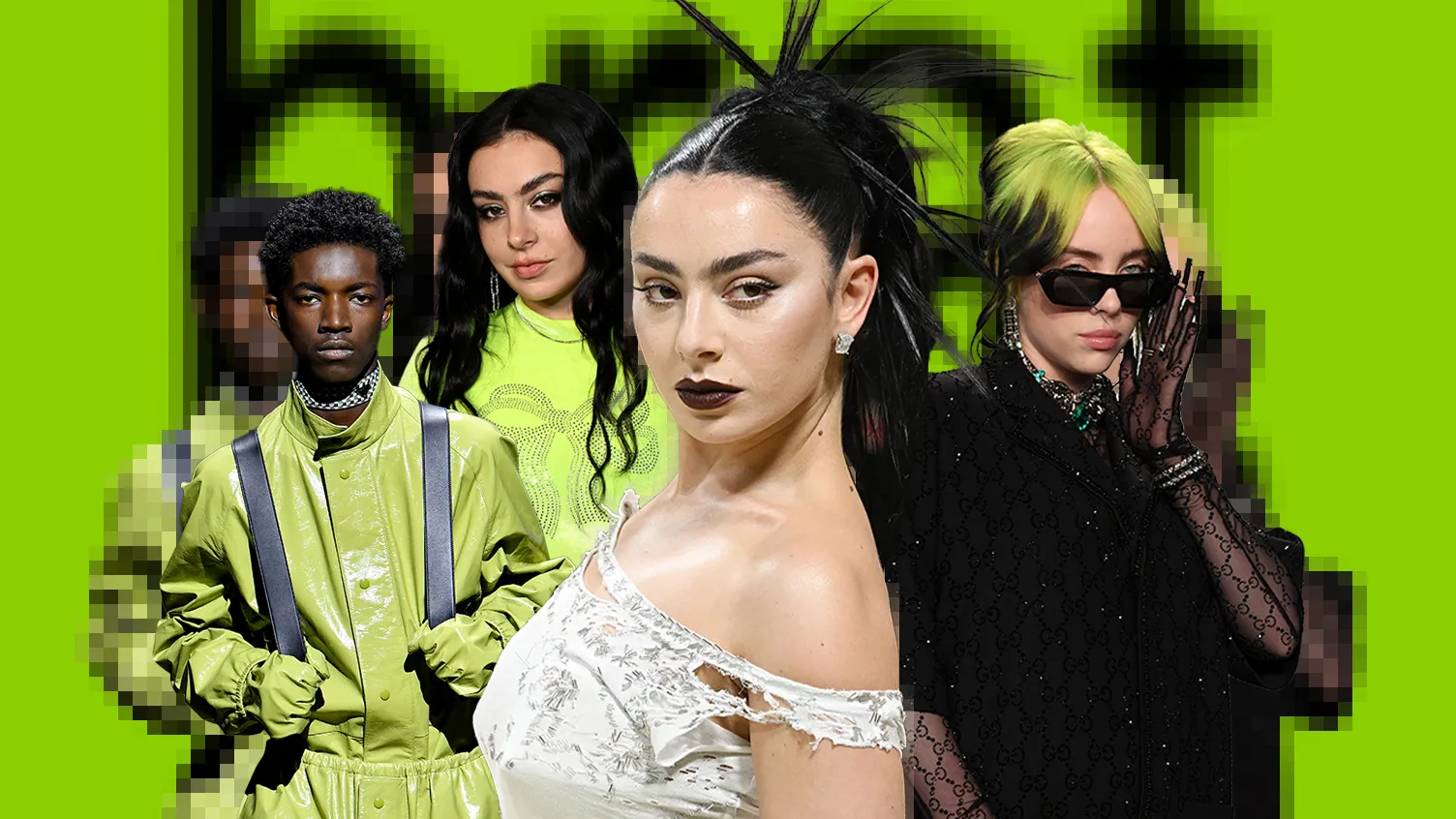
Agencies Embrace Brat Summer Trend with Creative Campaigns Amid Mixed Reactions
The trend’s popularity may be waning as the album’s release date recedes, and marketing cycles struggle to keep pace with such fast-moving cultural moments.
Despite the risk of seeming outdated, some agencies continue to pitch Brat Summer-related work, driven by a desire to connect with younger audiences in their preferred spaces.
Ogilvy’s Rachel Porter emphasized the importance of engaging with subcultures that initially embraced the trend, suggesting it still holds value for brand relevance and engagement. Many brand managers see trend-related content as a significant portion of their social media activity and plan to increase this focus.
Brave Spark has avoided Brat-related work, finding the trend’s themes inappropriate for their clients. Katie Mulligan noted that the agency usually develops proactive briefs for suitable trends, but Brat Summer’s content was deemed too risky. Ogilvy, on the other hand, relies on a trendspotting team to quickly identify and pitch relevant trends to clients, aiming to capitalize on cultural moments efficiently.
As the trend’s popularity potentially wanes, some marketers are cautious about joining late. Mulligan warns that brands might appear out of touch if they jump on the bandwagon too late.
While some believe the trend is ending, others like Ogilvy’s Porter argue that the desire for authenticity and individuality the trend represents will persist. Assembly’s Box sees Brat Summer as part of a broader movement that brands can continue to engage with beyond the current trend cycle.






